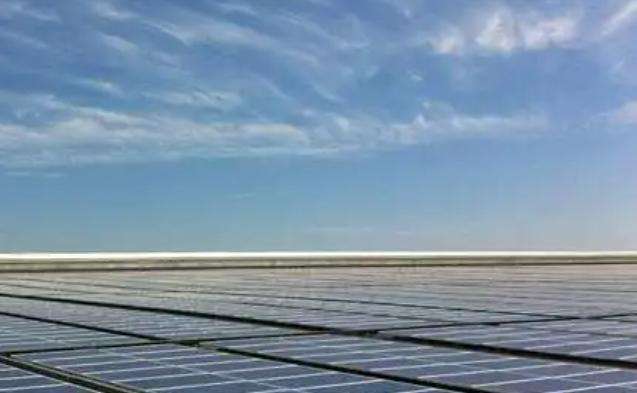Electricity is produced by burning fossil fuels and consuming water. Each power plant automatically tracks and adjusts the amount of energy generated via the Internet based on the amount of electricity consumed.
Electricity cannot be stored. If a user turns on an additional light, a generator in a power plant will increase its electricity production capacity, and vice versa. Therefore, it is necessary for every generator and electricity user to operate online to reduce rapid ups and downs in the electrical load.
Saving electricity means saving coal and oil resources and saving water resources.
This is related to the power plant settings. Coal consumption here refers to the standard coal consumption rate, which is around 360-450. Actual coal consumption is higher because thecalorific value is lower than that of standard coal.
As for water, it is difficult to know the average consumption rate for electricity production. It is linked to the operation of the unit. Additionally, boiler water is consumed. must be replaced regularly. It does not require power plants in rivers and lakes. Condensed water should also be consumed.
The efficiency of power plants is generally less than 40%. This is determined by the second law of thermodynamics. High quality coal will not improve efficiency. The main factors that determine the efficiency of power plants are the main ones. steam parameters and spent steam parameters. The main steam parameters are determined by the pressure and temperature resistance conditions of the metal, the maximum is above 600 degrees, 26 MPa. The combustion temperature of coalone is much higher than that, so it will not be limited by. the type of coal. Exhaust steam parameters are determined by atmospheric temperature or water temperature and are difficult to change.
Although high-quality coal has high calorific value and low volatile matter content, it is difficult to ignite and is expensive, so it is generally not used in power plants electrical. Power plants burn relatively lean fuels, including oil shale. and sugar cane slag and the like.














